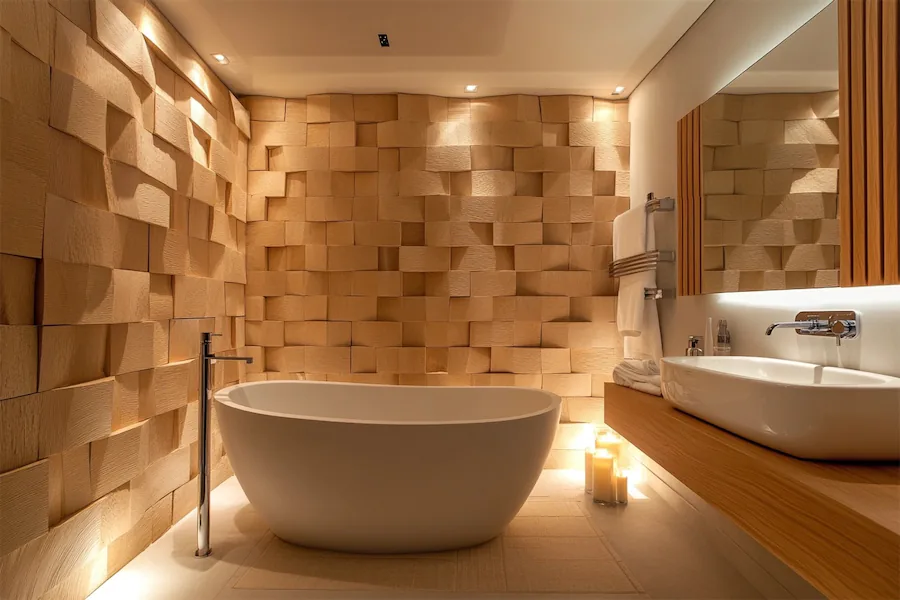Soundproofing a bathroom enhances privacy and tranquility by minimizing noise transmission both into and out of the space. This article explores the history, key features, applications, considerations, and concludes with insights into soundproof bathrooms.
Introduction to Soundproof Bathrooms
A soundproof bathroom is designed to contain internal noises—such as flushing toilets, running water, and ventilation systems—while preventing external sounds from entering. Implementing soundproofing techniques creates a serene environment, enhancing comfort and discretion.
History and Origins of Soundproof Bathrooms
The concept of soundproofing dates back to ancient times when builders used thick walls and dense materials to block noise. In modern architecture, soundproofing has become more sophisticated, with specialized materials and construction methods employed to achieve acoustic isolation in various spaces, including bathrooms.
Key Features of Soundproof Bathrooms
- Insulated Walls and Ceilings: Installing sound-absorbing materials, such as acoustic panels or additional layers of drywall with sound-dampening compounds, reduces noise transmission through walls and ceilings.
- Sealed Doors and Windows: Using solid-core doors, weatherstripping, and acoustic caulk around frames prevents sound leakage through gaps and cracks.
- Sound-Absorbing Flooring: Incorporating materials like cork tiles or adding rugs can help dampen noise within the bathroom.
- Quiet Plumbing Fixtures: Selecting low-noise fixtures and insulating pipes can minimize sounds associated with water flow and flushing.
Applications of Soundproof Bathrooms
- Residential Homes: Enhancing bathroom soundproofing in homes improves privacy and comfort for occupants.
- Hotels and Hospitality: Soundproof bathrooms in hotels contribute to a more pleasant and restful experience for guests.
- Shared Living Spaces: In apartments or dormitories, soundproof bathrooms help maintain personal boundaries and reduce disturbances among residents.
Considerations When Designing Soundproof Bathrooms
- Material Selection: Choose appropriate soundproofing materials that are also resistant to moisture and suitable for bathroom environments.
- Professional Installation: Engaging professionals ensures proper installation of soundproofing elements, maximizing their effectiveness.
- Budget Constraints: Soundproofing can vary in cost; prioritize areas with the most significant impact, such as doors and walls, to manage expenses effectively.
- Ventilation: Ensure that soundproofing efforts do not impede necessary ventilation, which is crucial for preventing mold and maintaining air quality in bathrooms.
Conclusion
Soundproofing a bathroom enhances privacy, comfort, and overall quality of life by reducing unwanted noise. By understanding the key features and considerations, homeowners and designers can implement effective soundproofing strategies tailored to their specific needs.
